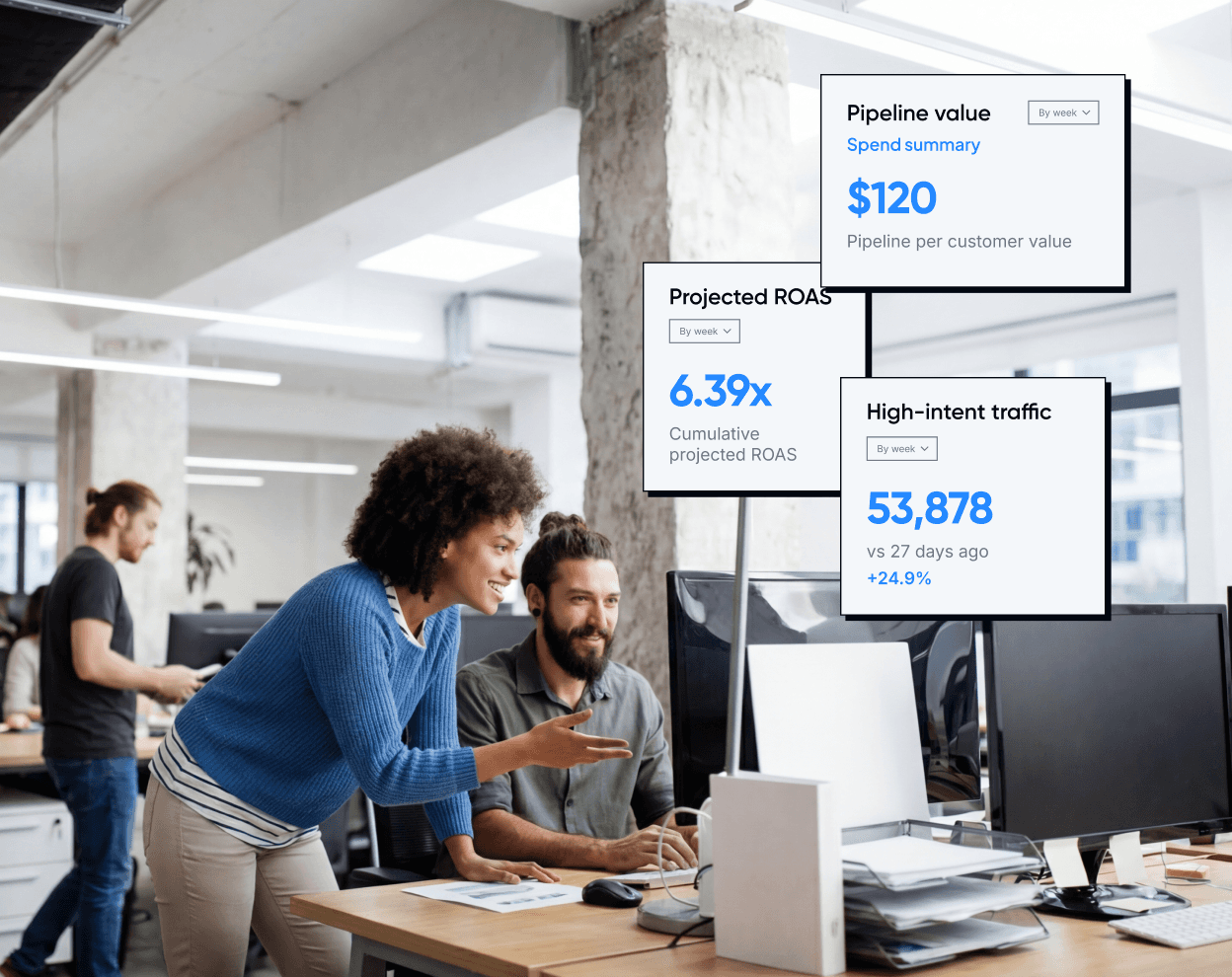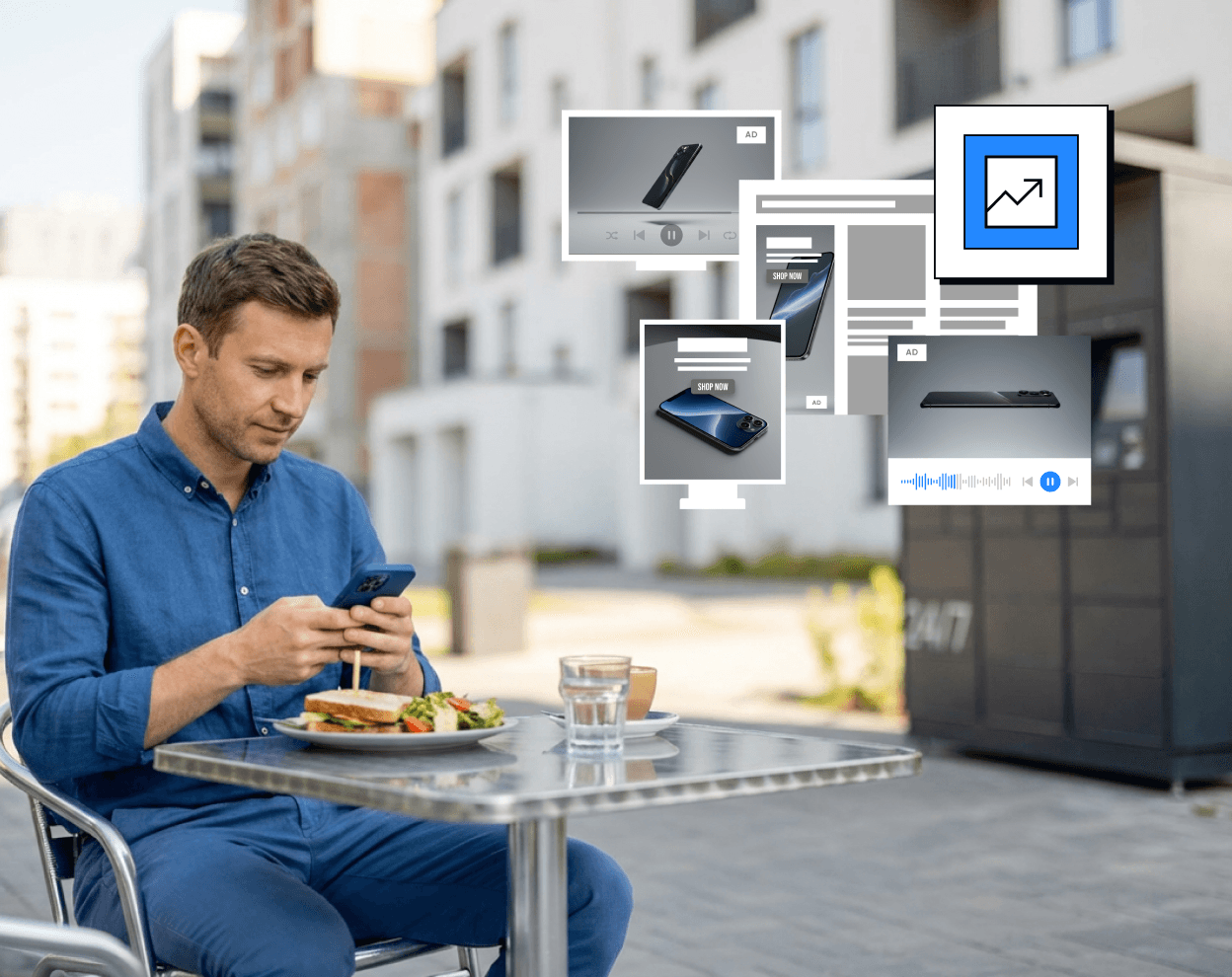Securing premium prices from customers fundamentally depends on one critical factor: brand connection. A robust connection directly diminishes customer sensitivity to price increases, a phenomenon precisely defined as “price elasticity”. While this strategic shift necessitates considered adjustments to creative advertising and budgetary allocations, the investment demonstrably yields significant returns. Les Binet unequivocally confirms that "the effort pays off." Understand price elasticity as a precise metric: it quantifies the degree to which sales volume responds to changes in price. For instance, a 1% increase in price leading to a 1% decrease in volume signifies a price elasticity of one.
Once considered the soft side of marketing, brand building is now a core profit model, especially in sectors facing price-sensitive consumers, tightening margins, or fierce market positioning battles. In 2025, amidst economic uncertainty, rising media costs, and a preference for short-term performance tactics, brand strategy is no longer optional: it is how companies differentiate, create perceived value, and unlock strategic pricing advantages.
This article explores how emotional advertising builds brand equity, enhances brand perception, and ultimately enables higher price points. We examine how strong brand identity, premium brand positioning, and creative storytelling drive profitability across different price ranges, from affordability-led startups to luxury brands. I
Emotional Advertising Reduces Price Sensitivity
Strategic pricing power is the ability to raise the price tag with minimal disruption to volume. It’s not just about charging more, it’s about protecting profit margins while expanding customer base loyalty. Les Binet and Peter Field’s research shows that emotionally resonant campaigns reduce price elasticity and make consumers more tolerant of price increases.
This phenomenon of brand power is proven across diverse industries. Take McCain Foods, for example. In 2014, they faced significant challenges, including losing market share to cheaper rivals and seeing dwindling returns from their promotions. Their bold solution was a strategic, long-term commitment to brand advertising. This patient approach paid off over nine years, resulting in a remarkable 47% reduction in price elasticity, a 44% boost in base sales, and an impressive £26 million in net profit, ultimately earning them the prestigious 2024 IPA Effectiveness Award Grand Prix.
Similarly, Apple consistently commands premium prices, a direct result of its brand identity rooted in exclusivity, high-quality design, and seamless lifestyle integration, a point affirmed by CEO Tim Cook. Customers rarely comparison-shop Apple products against cheaper alternatives. This isn't due to competitive pricing; it's because the brand itself has become indispensable.
Effective brand building reduces the need to compete on affordability. By reshaping customer perception and becoming the default choice, emotionally compelling brands gain the freedom to scale prices without losing volume, an advantage rooted not in product features but in brand perception.
The Strategic Cost of Over-Reliance on Promotions
Many marketers under pressure to drive conversions default to promotions. However, this short-term pricing strategy can erode long-term profitability. Discounts may yield temporary lifts, but they also reset customer expectations toward lower-priced purchasing decisions.
As Mark Ritson, brand consultant and marketing professor, cautions, heavy dependence on price promotions is a detrimental strategy. Though they may quickly boost demand, their hidden cost is the erosion of brand value and the unfortunate training of consumers to seek out deals perpetually. In sectors highly sensitive to price, a relentless cycle of promotions directly undermines a brand's image, diminishes perceived value, and critically limits its capacity for future price increases.
The smarter approach? Use creative brand advertising to enhance perceived value and differentiate your brand from lower-priced alternatives. This is not just a cultural win—it’s a pricing strategy. Brands that invest in building emotional connections ultimately win pricing flexibility and profit margin resilience.
Creativity As a Profit Multiplier
A strong brand strategy doesn’t emerge from data dashboards alone. Creativity is what transforms campaigns from content into commercial assets. In pricing conversations, it becomes the silent force behind customer loyalty and brand pricing power.
Global marketing research and effectiveness company System One, in collaboration with IPA, analyzed 80 brands in the IPA Effectiveness Databank and 136 brands in the Effie Case Library across 13 consistency features over five years. It found that brands with consistent creative campaigns perform significantly better over time, creating more memorable ads, growing their market share faster, and experiencing larger boosts in sales and profits. This result was measured by its new Creative Consistency Score across 4,000 brands.
Brands with top-tier consistency scored higher on creative quality (averaging 3.3 vs. 2.6–2.8 stars), saw steady annual improvements (≈ +0.2 stars/year), and, over a five-year span, achieved more than double the market-share growth of less consistent peers. Moreover, such brands generated around 27% more large brand effects and 28% more large business effects, including sales, profits, and market share, with inconsistent brands facing an estimated £3.5 billion extra cost to keep up.
The study also highlights that longer agency partnerships and allowing campaigns to “wear in” amplify effectiveness, emphasizing that consistency builds distinctive, memorable brands that deliver long-term returns
When customers feel a connection, they’re willing to pay more. According to research conducted by The Harvard Business Review, after a major bank introduced a credit card for Millennials that was designed to inspire emotional connection, use among the segment increased by 70% and new account growth rose by 40%
That connection is rarely sparked by feature lists or competitive pricing. It’s created through story, tone, values, and consistency. Creativity optimizes how brands present their value, unlocking long-term profitability and growth.
The Media Isn’t the Hero, Your Brand Story Is
With channel proliferation and automated buying, it’s easy to fixate on where to run campaigns. But strategic pricing power isn’t determined by media mix; it’s shaped by message and great storytelling.
YouTube teamed up with the UN and Tribeca to challenge top creative teams to use storytelling, not just single ads, to promote the Global Goals, like gender equality and climate action. The campaigns inspired real action and boosted traffic to the Global Goals website by over 120%.
Whether you use TikTok, Connected TV, or digital out-of-home, the real question is: Are you telling a story that builds brand value and justifies a premium price? Without that story, no targeting strategy or algorithm can manufacture loyalty or margin.
In 2006, New York Times writer Rob Walker wondered why some similar products (such as shoes, art, or toasters) can have such different prices. He realized it’s not just about how well they work, but the stories and meaning attached to them. In short, it’s the context and emotional connection that make something feel more valuable.
When Walker sold the objects on eBay with stories attached, their value shot up by an average of 2,700%. For example, a tiny jar of mayo bought for under $1 sold for $51, and a cracked ceramic horse head went from $1.29 to $46. The stories gave these ordinary items surprising emotional and financial value.
John Lewis’ Christmas campaigns are a perfect case in point. Year after year, these emotionally rich narratives command national attention. They aren’t built on price, performance, or features, but on brand image, identity, and emotional relevance. In doing so, they secure market leadership in an ultra-competitive retail category.
Make Brand Your Strongest Lever for Profitability
Agility transforms how CMOs use creativity as a pricing strategy. By transforming brand storytelling into a measurable growth engine through precision brand advertising, we help marketing leaders shift from discounting to value leadership.
Our precision brand advertising platform combines emotionally resonant brand campaigns with real-time measurement, enabling you to directly link brand equity to stronger pricing models, higher customer loyalty, and long-term growth. Whether you're a retailer, SaaS marketer, or luxury brand, Agility enables you to expand your price point without losing volume through smart, strategic brand building.
It's time to evolve from reactive tactics to proactive pricing power. Explore how Agility’s precision brand advertising approach helps brands move beyond affordability constraints, reduce price sensitivity, and build brands that don’t just sell more, but sell for more. Test precision brand advertising with Agility today.
FAQs
How does brand advertising impact pricing strategy?
It increases perceived value. Emotional brand campaigns foster connection, trust, and familiarity, thereby reducing sensitivity to price increases and enabling premium pricing across customer segments.
What is price elasticity, and why does it matter to marketers?
Price elasticity is a measure of how demand responds to changes in price. Lower elasticity means your customer base is less likely to stop purchasing after a price increase. Strong brand identity and high emotional salience reduce elasticity, making strategic pricing more feasible.
What’s the risk of using discounts too frequently?
Overuse of promotions shifts the focus to affordability and price, weakening brand positioning. It may boost volume but reduce brand value and lock the business into low-margin cycles.
When do pricing gains from brand advertising materialize?
It’s a long-term play. While digital campaigns may show short-term lifts, brand-driven pricing advantages typically emerge over 6–24 months. However, once established, they enable consistent profitability with reduced promotional dependency.
Is brand advertising still essential in a data-driven, AI-powered era?
More than ever! As AI levels the playing field in media buying, creativity and brand differentiation become increasingly critical for standing out. Data can optimize spend, but brand strategy determines how high you can set the price, and how loyal customers will be at that price point.
Share in...





